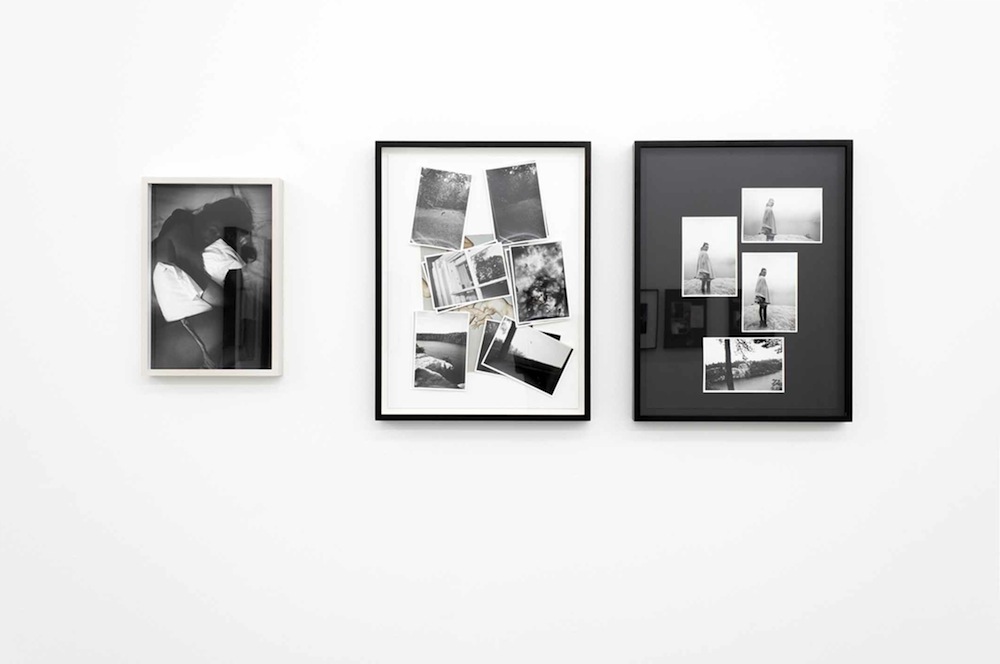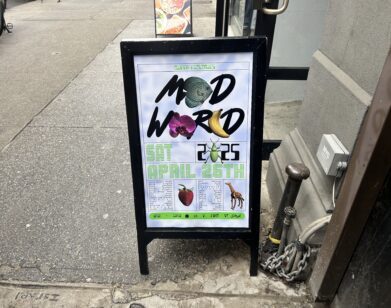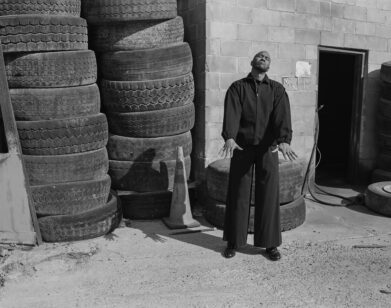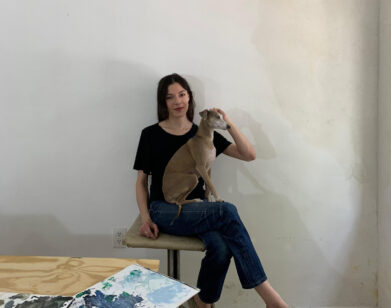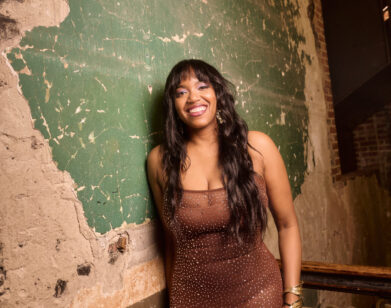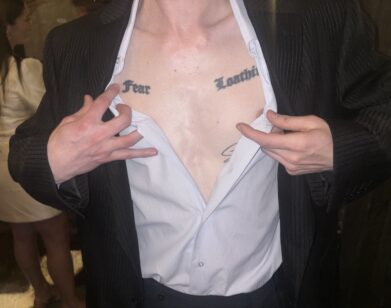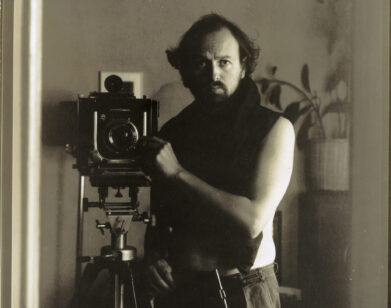Leigh Ledare in Public and Private
In his past work, Brooklyn-based artist Leigh Ledare has made liberal use of the performances society requires from us, the hegemonic archetypes of how we are to be—mother, son, wife, husband—represented through his personal and intimate relationships. Ledare, once an assistant to Larry Clark, has repositioned our conception of the taboo and complicated how we consider the muse: His best-known body of work, “Pretend You’re Actually Alive,” is a series of photographs of his mother posing in lingerie, masturbating, and having sex with various boyfriends. For his series “Personal Commissions” (2008), he answered personal ads and paid the women who placed them to take his portrait in a situation of their choosing. For example, the work Let the Good Times Roll. 1 Blond, 53 yrs old, curvey, buxom, slim, clean, petite. No diseases or drugs. Seeking healthy, honest, reliable, financially secure younger man for discreet sensual fun. Ext#1084 from 2008, sees the artist reclining in black socks and underwear amidst a collection of Care Bear stuffed animals.
For his first show on the roster at Mitchell-Innes & Nash in Chelsea, opening tonight, the Brooklyn-based Ledare will show “Double Bind” (2010/2012) and “An Invitation” (2012), two erotically charged bodies of work that extend Ledare’s artistic idiom, continuing the use of experiences from Ledare’s personal life to incite a discussion of mapping both social and image relations. Ledare began conceptualizing “Double Bind” with a strict set of production parameters, inserting himself in an already established relationship triangle—that of himself, his ex-wife, Megan Ledare-Fedderly, and her new husband, Adam Fedderly, a fellow photographer. The two sets of couples, old and new, decamped upstate separately to an isolated cabin in which Ledare and Fedderly photographed Megan over the course of four days, resulting in over a thousand photos presented in the exhibition in their entirety—Ledare’s on black backgrounds, Fedderly’s on white, each set of photographs constructed with each participant conscious of the other’s process of creation.
“There’s a kind of affect running through those modes of communication or even gender cliché,” Ledare explained when we met him in his Boerum Hill studio. “Which is about one marriage not working and another marriage working, sure, there’s my personal relationship internal to that. But at the same time, a viewer can’t approach that project without having some opinion of the nature of those things, because they are premised on a kind of archetype that forces the viewer to relate to it. The viewer is implicated somehow.” Juxtaposed with thousands of images of ephemera Ledare culled from editorial, fashion, pornographic, and pop culture sources showcased in vitrines, the sheer mass of ephemera and its iconography create a distinct visual syntax in which Ledare-Fedderly, in photographic image, can echo or replace those prescribed in culture writ large.
The conditions of an “An Invitation,” equally as strict parameters as “Double Bind,” sprang out of a private commission of Ledare’s, in which a high-powered, anonymous European woman invited Ledare for a week at her home with her and her husband to take erotic portraits of her, putting Ledare once again in a charged triangular dynamic. Ledare, who brought up potentially using the photographs in his public artwork, was made to sign a contract—he could use the images, provided he redacted the woman’s likeness and any identifying details. The private edition of photographs remains in her possession, but Ledare repurposed them into a series of lithographs, one for each day of the week of the commission, integrated with newspaper materials and his own handwritten annotations. The contract, with identifying personal details redacted, is also on view. “At the inception of the project, there was this question of, ‘What is it that she’s looking for?’ Both out of me as an entity pulled into the middle of this complicated marriage in terms of a man who posed in the middle of that, a confidante, also an artist who’s making something for her for posterity, in a sense,” Ledare reflects. “But, in addition to that, what’s the role of art? What does she think it can do for her versus what can it not do for her?”
“LEIGH LEDARE” WILL BE ON VIEW AT MITCHELL-INNES & NASH, 534 WEST 26TH STREET UNTIL APRIL 26TH. THERE WILL BE AN OPENING RECEPTION TONIGHT FROM 6-8 PM.

